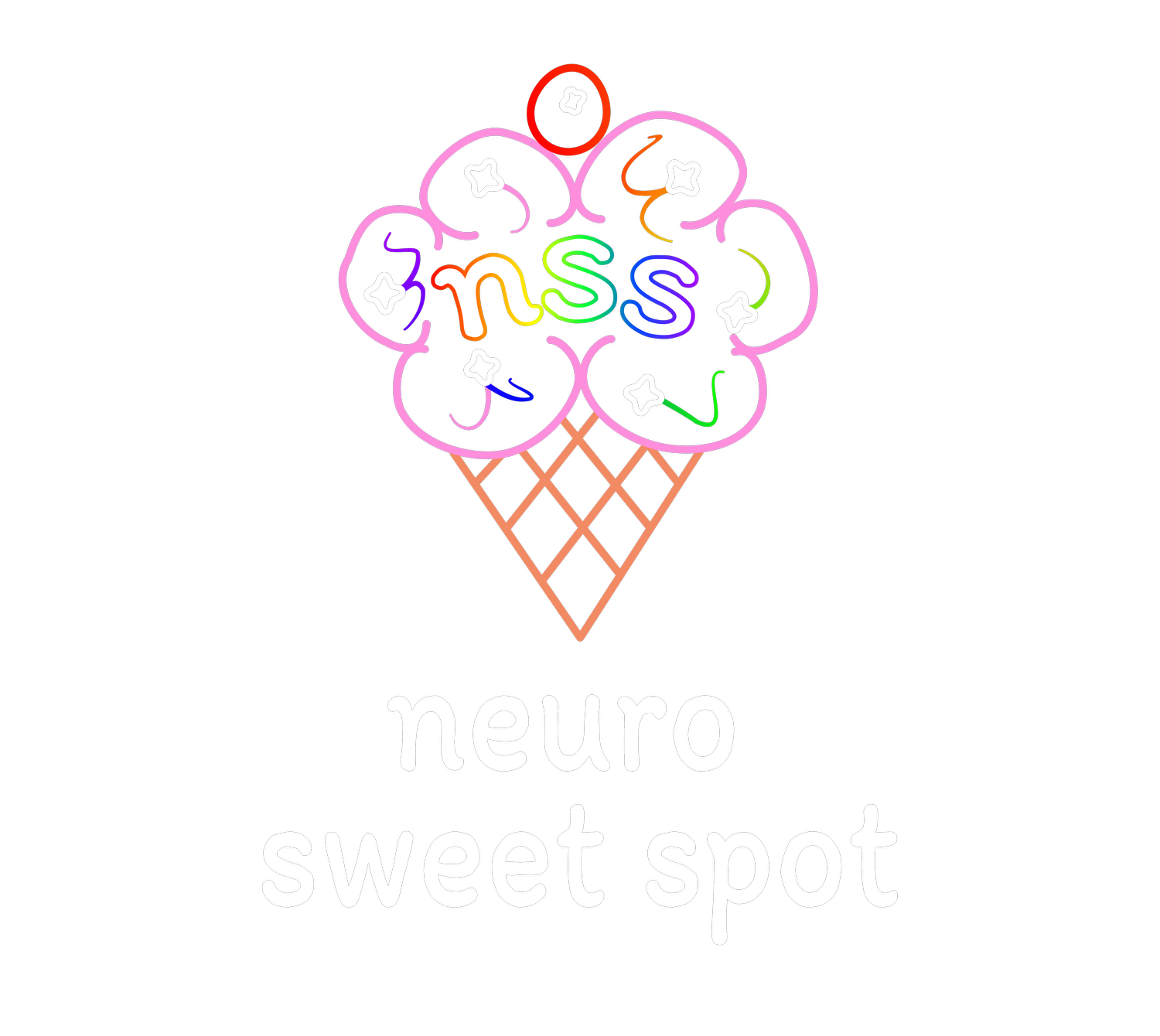
Education and Tangible Resources:
Dive Into Insights and Tips
Discover Your Brain. Discover You.
Clarity brings confidence as you find your Neuro Sweet Spot.
Switching From: “You’re Being So Dramatic”
to: “Let’s Help Your System First”
(Helping Your Child Regulate Instead of Reacting to Big Emotions)
The Default Reaction: “This Is Too Much”
Every parent has had the instinct to say something like:
❌ “You’re overreacting.”
❌ “This isn’t a big deal.”
❌ “Calm down.”
When our child is having a big emotional reaction, it’s easy to think, “They shouldn’t be feeling this so intensely.”
The problem? The nervous system doesn’t respond to ‘should.’
If your child’s system is reacting, it’s reacting—whether it should or not. Their body is trying to help them, but it’s in hyper-vigilance mode.
Instead of shutting down their emotions, we can help them regulate.
The Science of Big Feelings
Your child’s nervous system is in charge of interpreting the world—not logic, not perspective, just raw sensory input.
🔹 When their brain perceives something as a threat (real or not), the body reacts accordingly:
🔥 Fight – Anger, frustration, lashing out.
🏃 Flight – Avoidance, panic, running away.
⏸️ Freeze – Going numb, shutting down.
🙃 Fawn – People-pleasing, trying to smooth things over.
When big emotions take over, their prefrontal cortex (the logical part of the brain) goes offline.
🚨 Telling them to ‘calm down’ doesn’t bring logic back—it just adds more stress. 🚨
Why “This Is So Dramatic” Makes Things Worse
If your child is already overwhelmed, saying they’re overreacting doesn’t calm them down—it makes them feel worse.
🔴 Their brain is already in survival mode—and now they’re also feeling:
😞 Misunderstood (“No one believes me.”)
😳 Embarrassed (“I should be able to handle this.”)
🥺 Alone (“I’m the only one who reacts this way.”)
The brain does not de-escalate through invalidation—it escalates.
If we want to help, we need to work with their nervous system, not against it.
The Shift: “Looks Like You’re Feeling This Really Big”
Instead of trying to talk them out of their feelings, start by acknowledging their nervous system’s reaction:
✅ “Looks like your system is on high alert. Let’s help it settle.”
This does NOT mean:
❌ Agreeing that the problem is life-threatening.
❌ Allowing behaviors that harm self or others.
❌ Giving up healthy boundaries.
It DOES mean:
✔ Recognizing that their nervous system is having a valid reaction.
✔ Helping them move from survival mode to regulation mode.
How to Help Your Child’s System First
Instead of reacting to their big emotions, try these three steps to help them regulate.
1. Validate the Experience (Without Adding Fuel to It)
Instead of arguing with their reaction, acknowledge what they are feeling:
✔ “Looks like this feels huge to you right now.”
✔ “Your body is reacting big. I see that.”
✔ “Your nervous system is really lit up—let’s help it out.”
Validation does not mean encouraging distress—it means helping them feel safe enough to calm down.
2. Activate Their ‘Rest & Digest’ System (The Parasympathetic Nervous System)
🔹 Logic won’t land until the body feels safe.
🔹 Before problem-solving, help their body shift out of survival mode.
Ways to trigger the calming system:
🌬️ Breathing exercises – Deep belly breathing, long exhales (breathe in for 4, hold for 7, out for 8).
🖐️ Sensory grounding – Hold something cold, touch a textured object, press feet into the floor.
🎵 Rhythmic movement – Rocking, walking, humming.
🤗 Physical pressure – Weighted blankets, hugging a pillow, firm but gentle hand squeezes, pushing against a wall.
🚀 These tools tell their nervous system, ‘Hey, you’re safe now.’ Then, and only then, can their brain start problem-solving.
3. Offer Connection, Not Just Solutions
When your child is dysregulated, they aren’t looking for logic yet—they’re looking for safety and connection.
Instead of immediately fixing the problem, try:
✔ “I’m here. You’re not alone in this.”
✔ “I know this feels big. We’ll figure it out together.”
✔ “Let’s take a breath first. Then we’ll talk about what to do next.”
This signals safety and helps their brain downshift out of survival mode.
The Takeaway: Emotional Regulation First, Problem-Solving Second
🌱 Big emotions aren’t the problem—the nervous system’s response is.
🌱 Dysregulation can’t be reasoned away—it has to be calmed first.
🌱 Validating emotions isn’t the same as indulging them—it’s the first step in helping your child self-regulate.
Instead of trying to convince them, “This isn’t a big deal,”
➡ Help their system feel safe enough to realize that for themselves.
Next Steps: What to Practice
🔍 Notice when your first instinct is to dismiss your child’s emotional reaction.
🧠 Try replacing “This is too much” with “Let’s help your system first.”
📊 Watch how regulation first makes everything else easier.
By shifting from reacting to regulating, you’re not just helping your child calm down in the moment—you’re teaching them skills for a lifetime of emotional resilience. 💙🌱

